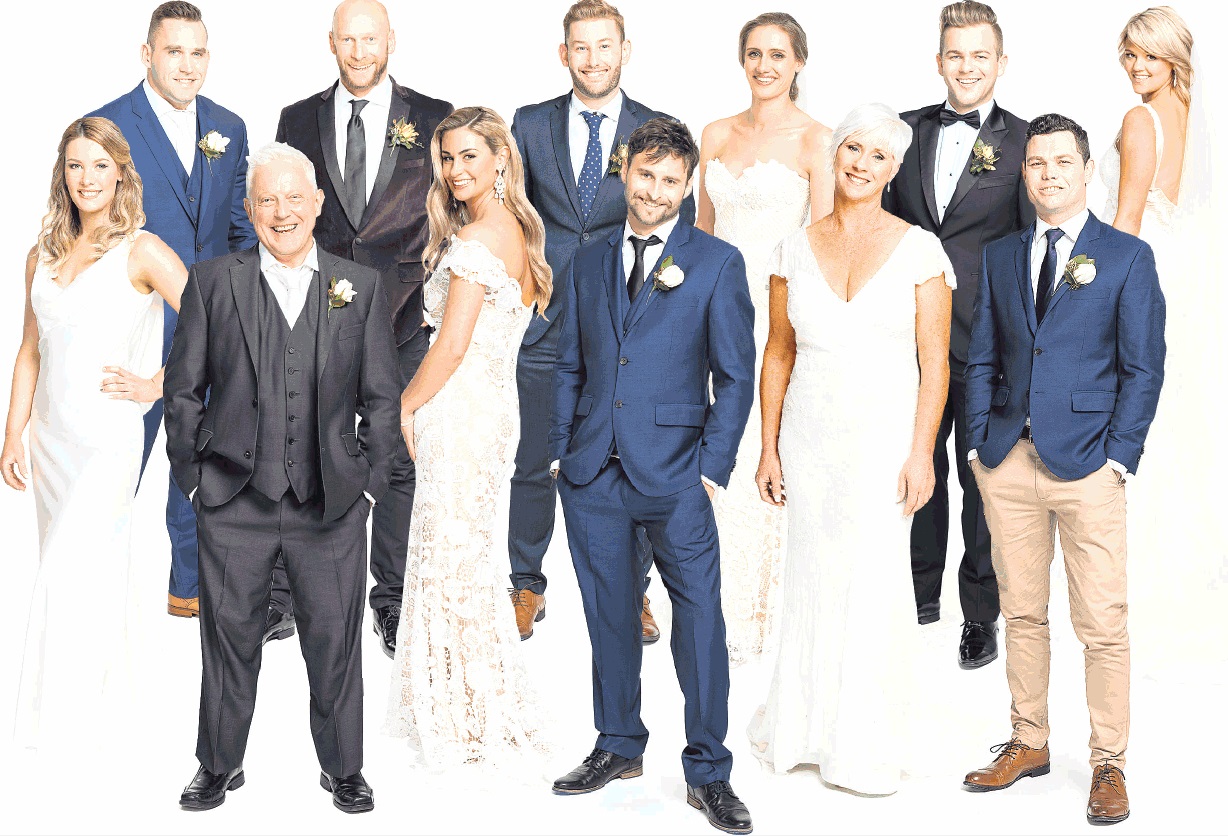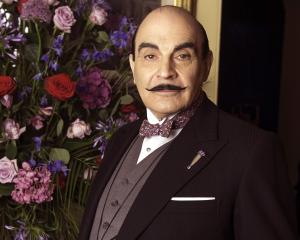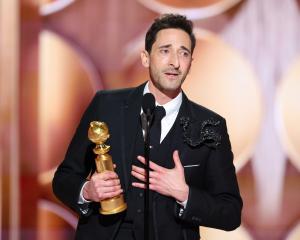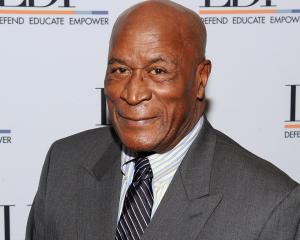
When Married at First Sight called for Kiwi participants, 4000-plus singles applied Kim Knight meets one of the experts charge with finding the perfect match.
The academic expert in social psychology has just blown a very unacademic raspberry.
She relaxed her lips, pushed her tongue right through them and, as the splooging sound filled the room, added a thumb’s down for emphasis.
‘‘Put that in the article!’’ Dr Pantea Farvid says, speaking in full caps. ‘‘THERE IS NO SUCH THING AS ‘THE ONE’.’’
Do you hear that? It’s the sound of a thousand puppies drowning. Of unicorns exploding and the heart-shaped cake industry going out of business.
‘‘Fairy tales create a version of love that is just not true,’’ Farvid says.
‘‘Love is hard work. Hanging out with someone 24/7 and for a long time, is pretty much the hardest work you’ll ever have to do in your life. I don’t think there is any magical spell out there. It is just hard work. In some ways, I’m surprised so many people want to do it.’’
Do you hear that? It’s the sound of a television network public relations manager hastily interrupting this interview: ‘‘Generally,’’ emphasises the PR person. ‘‘Not in the show.’’

Well, obviously not in the show. Because if your previous efforts to find ‘‘The One’’ have failed, then obviously there is a very high chance you will find them on a television programme called Married at First Sight.
Briefly, the show requires complete strangers to meet, marry and fall in love as telegenically as possible. Camera crews follow couples on honeymoon and then into apartments where they live together and, at the end of six weeks, decide if they want to stay together.
The show first screened on Danish television in 2013, and local adaptations have been produced in more than 25 countries. Some participants have gone on to have children; others have, reportedly, filed restraining orders.
On Sunday, New Zealand joins the MAFS club. Six couples have been selected to have and to hold for your viewing pleasure — and unlike the Australian version of the show, where legislation means the telly weddings are a sham, in New Zealand, participants will be legally married. If they want to split, they will need to apply for a legal divorce.
The good news? They have been optimally matched by two ‘‘experts’’ — relationship counsellor Tony Jones, and aforementioned raspberryblowing academic, Dr Pantea (‘‘Pani’’ for short) Farvid.
The 36-year-old AUT senior lecturer has a doctorate in psychology. Her research interests include ‘‘examining the intersection of gender, sexuality, power, culture, technology and identity’’ with an orientation ‘‘towards social justice and social change, specifically on promoting egalitarianism within heterosexuality’’.
What is a nice academic doing on a television show like this?
‘‘I know, right?’’ Farvid says. ‘‘Reputation-wise, it could be a risky endeavour.’’
Married at First Sight is billed as an ‘‘extreme social experiment’’ — but don’t expect science in any official ethics committeeapproved sense of the word.
‘‘The rigour is in our selection process,’’ Farvid says. ‘‘We spent hours, weeks, going over profiles, doing testing, to try and pick the best, ideal matches out of the people who applied.’’
What happens next, she concedes, is out of her control.

Key questions for Farvid: ‘‘What is marriage? Is love at first sight possible? Is marriage something that is still relevant? Should we still be searching for ‘the one’ in the contemporary context when a sexual partner is a swipe away? Does it make sense to commit for life?’’
In 2016, Statistics NZ put the official marriage rate at 10.9 people per 1000 or about onequarter of the 1971 peak of 45.5. Last year, New Zealand residents registered 20,235 marriages or civil unions — and 8169 divorces.
‘‘Tony and I are not fortunetellers,’’ Farvid says. ‘‘We will do our utmost with our experience, intellect, tests . . .to do our best to choose the right people and to choose the right couples. I cannot guarantee that’s going to mean lifelong marriage for all them. It’s up to them now to bring what they can to the table.’’
In the most recent Australian version of the show, what they brought to the table was wine. It fuelled episode recap headlines such as ‘‘Marriages drunkenly implode during disaster dinner’’. Participants accused producers of selective editing and viewers feared the so-called experts had a vested interest in keeping couples together, even when they were miserable.
Can the New Zealand participants quit their shared apartments any time they want?
Farvid: ‘‘I don’t know.’’
Official position from the TV3 publicity department: ‘‘The participants’ contracts with Warner Bros are confidential. What we can say is that the experiment is about matching people to fall in love so everything possible is done to ensure the participants want to stay on and see the experiment out.’’
‘‘Maybe,’’ says Farvid, ‘‘what you’re trying to speak to is: is this some kind of masochistic, messing-with-people situation? That’s just not what is going on and I really firmly want to put that across. I know the attitude of the production company and I know the attitude of the network . . . This isn’t about drama creation and this isn’t about chewing up and spitting out the participants. The goal is creating successful and long-lasting relationships.’’
The Catholic Church has accused the show of trivialising marriage for television ratings — but, arguably, that horse has bolted.
‘‘Marriage is on the decline as co-habitation has risen, as the morality associated with cohabitating and premarital sex has declined,’’ Farvid says. ‘‘Marriage is a traditional religious institution and one has to unpack that in a 2017 secular context . . . If the church was in charge of our country, I don’t think we’d be able to have a social experiment show that had people get legally married.’’
Internationally, academic researchers have categorised Married at First Sight as a ‘‘second-generation’’ reality television show, sitting between the ‘‘camcorder era’’ and the recent emphasis on manufactured celebrity (American Idol, etc). Its defining feature is a focus on transformation. According to one Australian research paper, the show relies on pitching current dating and relationship practices as problematic.
‘‘The individual’s failure to find the right partner is corrected through expert intervention,’’ researchers wrote. ‘‘Not so much by creating a marriageable individual, but through constructing a resilient couple. Scientific expertise offers an alternative to individual agency . . . The individual’s inability to know what is best for them is presented as one of the main obstacles in contemporary dating.’’
It’s a hard road finding the perfect man/woman/partner. Modern romantics meet online. They swipe right on a dating app and minutes-hours-days later, they meet for coffee/dinner/sex. Occasionally, love ensues. And if that sounds easy, it is apparently not — more than 4000 Kiwis applied to be on Married at First Sight.
‘‘We cannot underestimate the desire for people to want companionship,’’ Farvid says. ‘‘We are social beings. We definitely get lonely.’’
Applicants told the experts they were tired of a technologically mediated dating game.
‘‘They couldn’t handle it, and they were like, ‘Could someone just figure it out for me — there’s too much choice’. We had a lot of people in their late-20s. People who were like, ‘I feel like I’ve exhausted all my options’ and I’m, ‘Honey, you’re 26. What are you talking about?’ ’’
Farvid (relationship status: ‘‘not married’’) was born in Iran and lived there until she was 10. She says the arranged marriages she observed among family members in that country were ‘‘basically like a blind date — two families go, ‘Hey, these two might be good. Let’s see — if they meet, do they get along?’.’’
Can anyone learn to love anyone?
Farvid: ‘‘It depends how love is positioned or constructed for you in a particular cultural climate or historic context.’’
For example, she says, if your idea of love is a monogamous partnership, running a house together and raising children, ‘‘then I think that’s easily growable’’.
In the Western context, where romantic love reigns? ‘‘There is a lot of pressure on couples for love to be something that is almost unattainable. You have to be each other’s soulmate, friend, the perfect spouse, breadwinner, housewife, house husband, mother, everything. We put too much emphasis on this notion of love being so unexplained.’’
In her view, ‘‘Where there is common ground — overlap and commonalities — and you have the commitment, the conviction and the desire to make it work, you can make it work.’’
In Victorian times, Farvid says, even Western marriages were arranged. ‘‘It was about duty and procreation and the combining of familial assets. It was an economic and social exchange, not a love exchange.’’
Not so long ago, more people than not considered sex before marriage was a sin and children born out of wedlock were bastards. Today, ‘‘all the single ladies’’ rule the world and nobody cares if your parents have different surnames — or the same gender. So why are we still so enamoured of old-fashioned marriage?
‘‘Maybe in a social context where there is so much variability, so much choice and flux, marriage or partnerships offer people what they consider is a sense of stability?’’ Farvid queries.
‘‘What does marriage mean now? That’s what I’m interested in.’’ — The New Zealand Herald
Married at First Sight New Zealand premieres Sunday at 7pm on three












